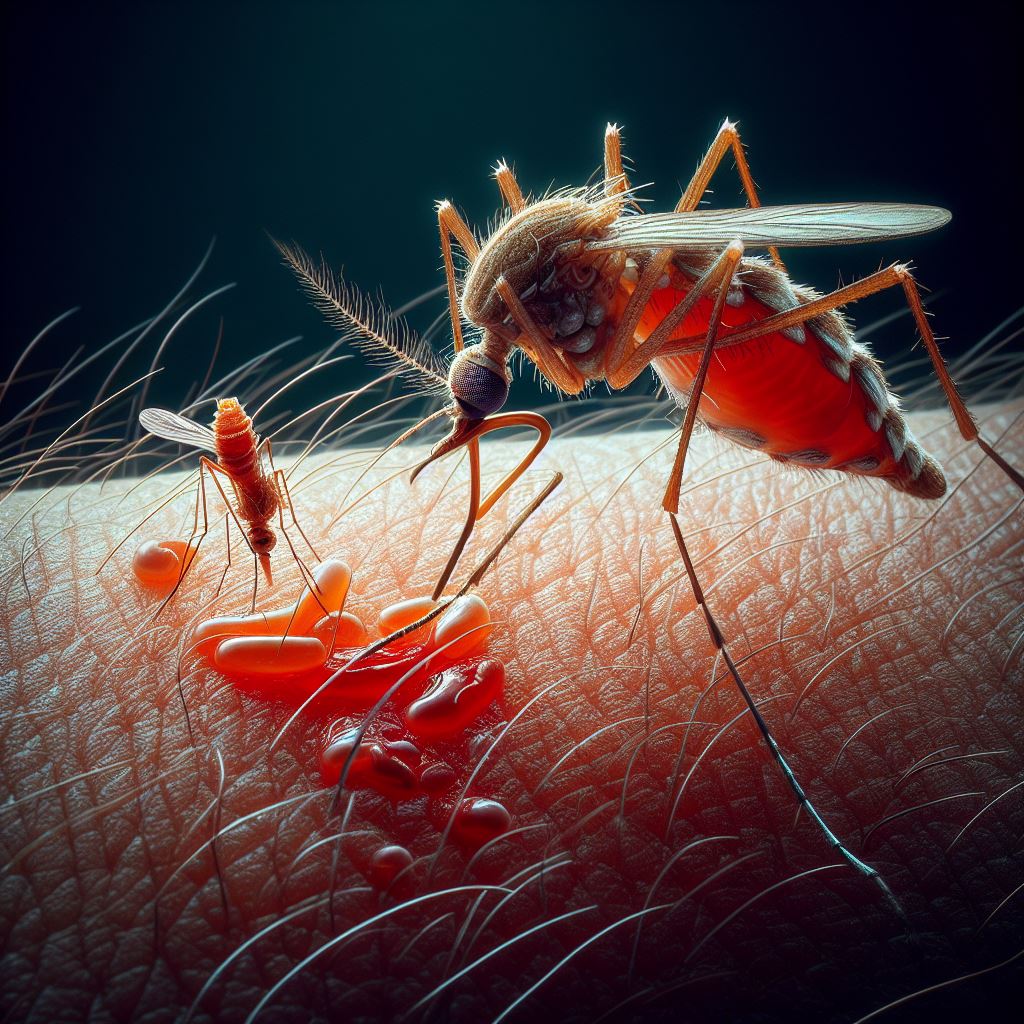To eradicate this tropical illness in areas where the mosquito-borne parasite is prevalent, public health initiatives must identify malaria cases in individuals who do not exhibit symptoms. Even after first testing negative, asymptomatic individuals harbouring the parasite might still spread the illness or develop symptoms later.
To eradicate this tropical illness in areas where the mosquito-borne parasite is prevalent, public health initiatives must identify malaria cases in individuals who do not exhibit symptoms. Even after first testing negative, asymptomatic individuals harbouring the parasite might still spread the illness or develop symptoms later.
Severe chills that alternate with sweating fevers, headaches, nausea, and other symptoms can be caused by malaria. However, many infected individuals are asymptomatic.
A recent study on asymptomatic detection was carried out in Uganda’s Katawki District, an area with a high malaria incidence.
We found that parasite dynamics and the parasite species present were highly variable among patients with low-level, asymptomatic infections.
Dr. Sean C. Murphy, one of the senior scientists on the study
According to Murphy, this discovery is critical for advancing research on the incidence of malaria infection and, consequently, for advancing clinical trials of malaria treatments and vaccines. To ascertain the infection status of asymptomatic subjects, the majority of these trials employ recurrent but infrequent tests or single-timepoint testing. If the participants’ parasite densities fall below the test’s upper limit, that method will likely miss infections.
Murphy is chief of pathology and laboratory medicine at Seattle Children’s and a physician-scientist who teaches pathology, microbiology, and laboratory medicine at the University of Washington School of Medicine.
The Murphy lab, Dr. Thomas Egwang and his research team (which included Tonny Owalla from Med Biotech Laboratories in Kampala, Uganda), and Dr. Jennifer E. Balkus, an epidemiology professor at the UW School of Public Health, collaborated on the study. The study was headed by Med Biotech’s Owalla and Dr. Dianna E. B. Hergott, a doctoral student at the time under the guidance of Murphy and Balkus.
The community-based components of the study were carried out by the Uganda-based team. The participants included older children, ages 8 to 17, as well as healthy, nonpregnant adults, ages 18 to 59, who were not receiving antimalarial medications.
We instructed participants in how to collect one dried blood spot at home every day for up to 29 days.
Owalla
Once a week, the participants would visit the study clinic to have standard blood draws, get fresh blood spot cards, and turn in their previous week’s blood spots.
Plasmodium ribosomal RNA, which aids in the production of parasite proteins, was detected, categorized, and found in different concentrations in the dried blood spots using diagnostic testing. The dried blood spots were “pooled” as part of the testing technique. This strategy was similar to those used during the peak of the COVID-19 pandemic in that it allowed the team to examine more samples at a reasonable cost.
Through data analysis, the researchers aimed to establish a sample strategy that would be less demanding than daily testing for the purpose of consistently identifying asymptomatic patients. However, the study team did not want to stick to an excessively uncommon schedule that may cause infections to go unnoticed.
Each participant’s infection trajectory was classified by the investigators into one of five categories: no infection at all, recently discovered infection, cleared infection, persistent infection, or not able to identify. They also computed the number of infections that would have remained detectable in the event that the sampling frequency was lowered by examining the daily data.
Throughout the course of the month-long trial, a Plasmodium infection was found in almost 60% of the subjects. Less than half did not have an infection at the beginning of the trial. Throughout the research period, the lowest daily report revealed a prevalence of 30%.
The findings were published in The Lancet Microbe.
A number of other studies have already questioned the precision of using a single measurement to determine an infection’s condition. Research outcomes may unintentionally be impacted by undetected silent illnesses.
The authors noted that one of the shortcomings of their own investigation was that participants were not required to take their dried blood samples at the same time every day. Within six hours, parasite levels might vary by up to 100 times, they reported.
Owalla is now a graduate student in pathobiology at the UW School of Public Health. He plans to apply his training to further develop advanced solutions for malaria in Africa, the continent most severely affected by this disease.
Source: University of Washington School of Medicine News Release
Journal Reference: Dianna EB Hergott, Tonny J Owalla, Weston J Staubus, Annette M Seilie, Chris Chavtur, Jennifer E Balkus, Bernadette Apio, Jimmy Lema, Barbara Cemeri, Andrew Akileng, Ming Chang, Thomas G Egwang, Sean C Murphy. Assessing the daily natural history of asymptomatic Plasmodium infections in adults and older children in Katakwi, Uganda: a longitudinal cohort study. The Lancet Microbe, 2024; DOI: https://doi.org/10.1016/S2666-5247(23)00262-8
Last Updated




